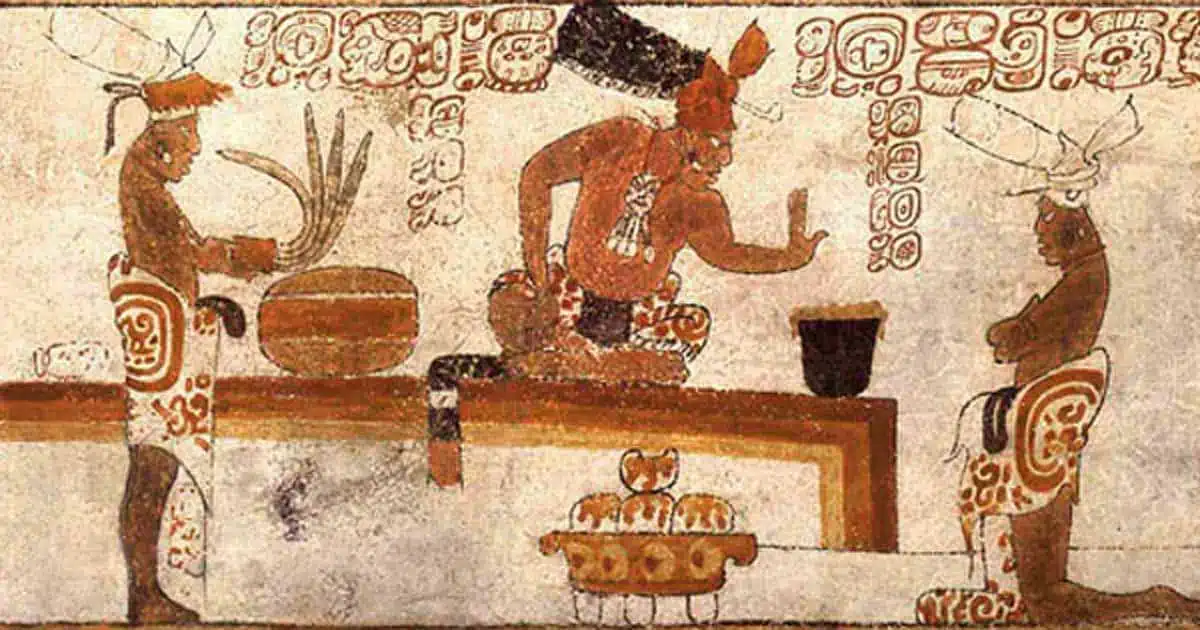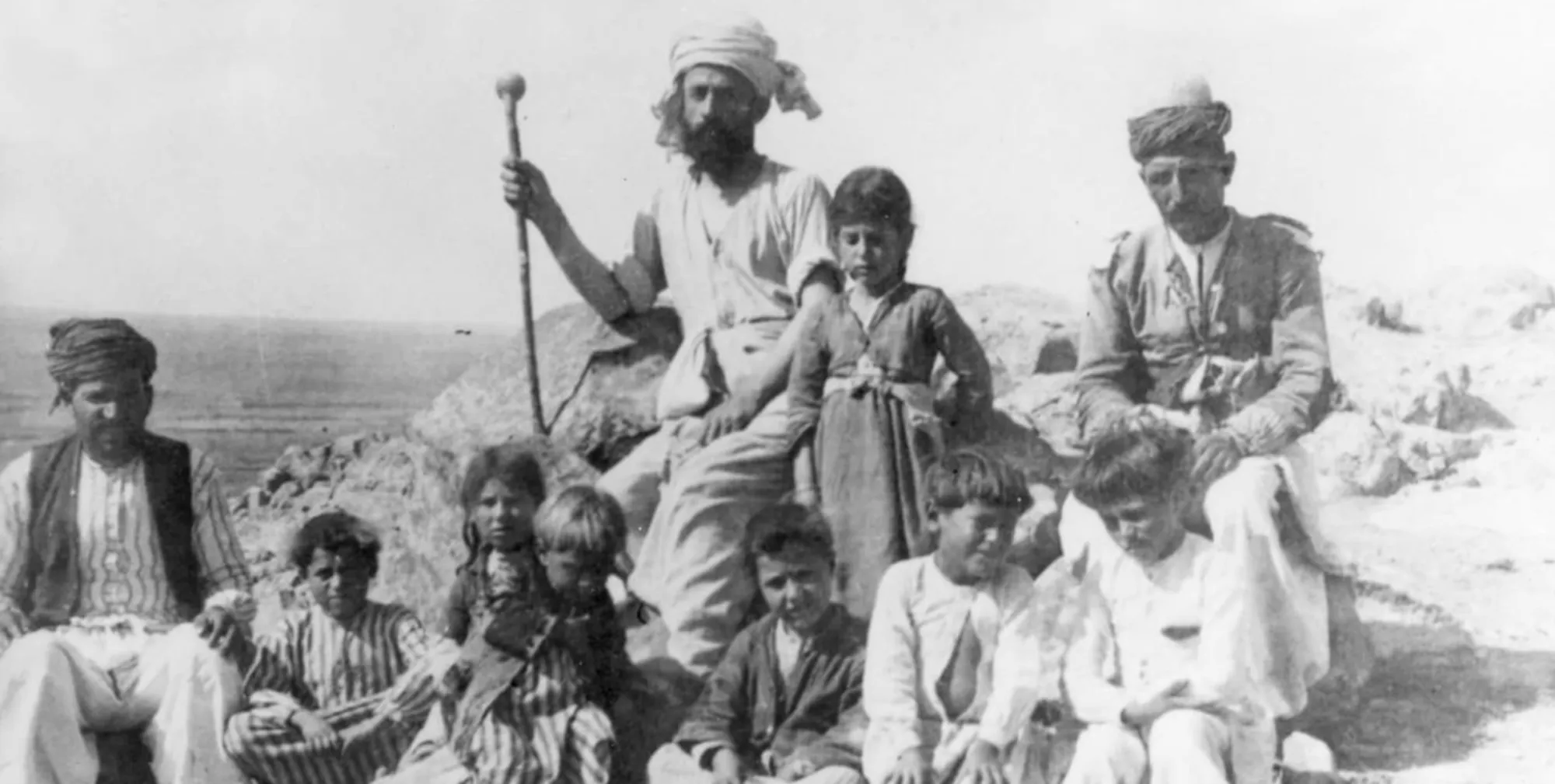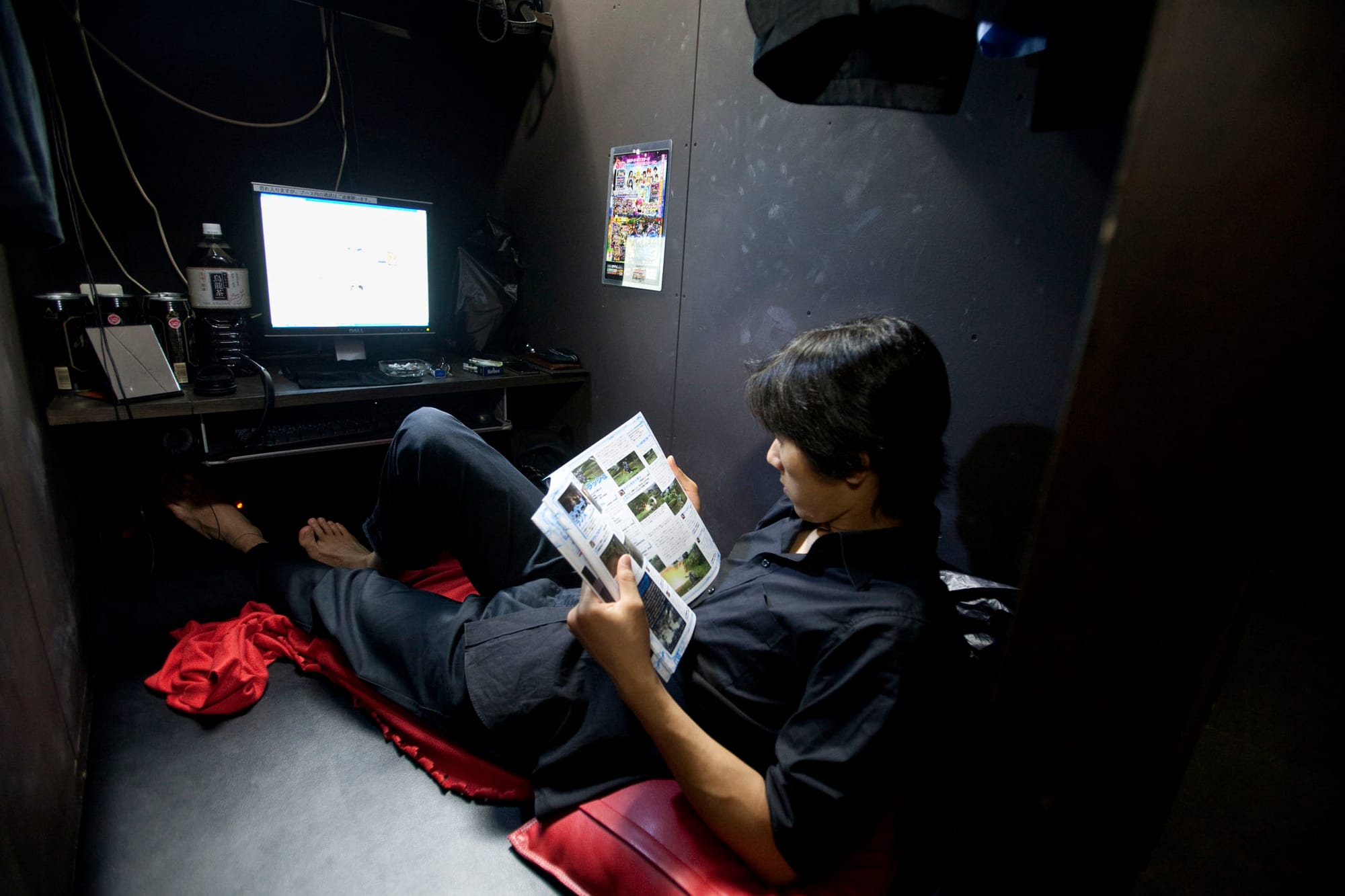In the phenomenon of languages, particularly the captivating enigma of sociolinguistics, we find ourselves questioning as to why we have the eccentric essences of slang, accents, and jargon. Well, they all have one thing in common, and that is that they all originate from dialects. Dialects, by definition, are “a particular form of a language which is common to a specific region or social group.” The word itself has descended from the ancient Greek word “dialektos”, meaning “discourse” or “way of speaking”. Dialects have been the cultural heartbeat of many communities as it is often the thing that brings them together, and this article will explore the linguistics of such dialects within different diaspora communities.
Firstly, we will look at Ashkenazi Jews, who – when they arrived in central Europe - developed a language called Yiddish, which is a mixture of Hebrew and German with some Slavic influences. Yiddish is classed as a Germanic language, meaning that it is related to German, English and some Nordic languages. To this day, the majority of Ashkenazi Jews, particularly Jewish Americans, have Yiddish surnames that often have a correlation with professions or nature. For example, the name "Rosfeld" means “field of roses”, "Blumenstein" means “flowers and stone”, and "Kreimer" - a personal bias of mine as my great grandfather’s mother had this as a maiden name - means “shopkeeper”. These names are an example of Ashkenazi Jewish assimilation into German culture during times such as the Early Modern period and the Jewish Enlightenment Age of Moses Mendelssohn. The Jewish diaspora, according Russian Ashkenazi Linguist Max Weinreich, was composed of literate Old Italian and Old French speakers that migrated to the Rhineland: a region in Western Germany defined by its proximity to the Rhine River. They often spoke Aramaic or Hebrew and mingled with High German Jewish speakers in the region, exchanging daily conversations consistently which evolved after some time, leading to the language we know as Yiddish today.


If one analyses how the German and Yiddish languages say the days of the week, some key similarities between the two can be found. For example, they all appear to start with the same root, but differ towards the end with the exception of the word for "Saturday", which becomes “shbs” or “shaboos”. This word symbolises Shabbat, a Mitzvah (also known as a commandment) in Judaism.
Some key differences between Yiddish and German include things such as vowel reductions, which can be found in the example of Monday, where the vowel ‘a’ is reduced and we see less of the rigid German structure, leading to Yiddish sounding more relaxed. There is a tendency to use a schwa (an unstressed central vowel such as a short "e") instead of a full vowel, which reflects the intimate, tightly-knit community of Ashkenazi Jews in Early Modern Germany.
There is also a softer utilisation of consonants in Yiddish as it borrows heavily from Hebrew and local Slavic languages; this is done to such an extent that there are a lot of “sh” insertions as the use of fricatives like /ʃ’/ were quite common at the time.
Unfortunately, there has been a decrease in the usage of Yiddish following the Holocaust, but there are some elements of the language that still remain in American English vernacular such as "schmutz (crumbs/residue on face), "chutzpah" (extreme self-confidence), and "schlep" (to carry something heavy). Therefore, one can surmise that the influence of Yiddish still exists today and adds vibrancy to the languages spoken by the Ashkenazi diaspora.
However, I would say that the most interesting thing about Yiddish is that, unlike German, it often existed in a diglossic relationship (whereby two languages are used under different conditions within a community) with Hebrew and other languages in the diaspora. Whilst German evolved as a national language with standardized rules, Yiddish developed in a more fluid and multilingual environment, allowing for more variation in pronunciation, vocabulary, and structure.
If we look across the pond to the USA, we will find AAVE: a form of English that is deeply rooted in the history of the African diaspora and reflects the resilience and cultural identity of African Americans particularly through the legacies of slavery, segregation, and migration. Linguists like William Labov have argued that it is a fully developed dialect with a comprehensive use of consistent grammar rules.

We can see that the language family tree above shows us the descent of AAVE from older languages, as well as its linguistic family. Like Yiddish, AAVE is also Germanic, but let it be noted that this section will be more "linguistic heavy" than Yiddish as there has been more research done on AAVE as a whole. But, before we delve in, here are some linguistic terms to help us dissect the dialect and further understand it.
A monophthong is a pure vowel sound that is fixed and sounds the same at the end and beginning such as the “ee” in “sheep” and the “a” in “far”.
A diphthong is a two vowel sounds being joined together with a smooth transition: his can be found in the “i” in ride as it sounds like “ai//aɪ/” phonetically. Let it also be noted that the notation for phonetic sounds is what is written in between the two slashes.
In AAVE, we notice a reduction of diphthongs as a process called monophthongisation occurs, which is the turning of two vowel sounds into one. An example of this could be how the pronunciation of the word “time” turns into “t-a-hm” as the diphthong /aɪ/ turns into /aː/: a monophthong.
Another process that occurs is back vowel monophtongisation, where the back vowel diphthong /oʊ/ - which sounds like the “o” in “no” - turns into an /o:/, making words with the “no” sound more like “noh”. This is because the diphthong essentially becomes a higher toned “o” instead of the “ou” sound that /oʊ/ makes.
A classic identifiable feature of AAVE is the tendency to omit copula, which is a form of the verb “to be”. Examples include “she jogging” instead of “she is jogging” or “that fast” instead of “that is fast”. Interestingly, “be” is sometimes inserted into phrases to convey a continuous action; an example of this can be found in the phrase “she be jogging”, which would be "she is always jogging" in Standard English, or “that be fast”, instead of “that is always fast”. Therefore, it can be shown that AAVE substitutes “is always” with simply just “be”.
The use of the word “ain’t” instead of “isn’t” is also a key feature of AAVE, with there also being some vocabulary that a lot of people - particularly of a younger demographic of English speaker - use today regardless of where they’re from and if they’re African American or not. Some of these terms include "bae", "lit", "finna", "salty", "throwing shade", "the goat", "squad", "bread", "hella", "crib", "on fleek", "clap back", and "slay".
However, it is crucial to note that using AAVE as a non-black person can be seen as cultural appropriation; many argue that using the dialect without being aware of its origins as a form of resistance to oppression, segregation, and racism falls under ignorance and carries with it the risk of trivialising its roots. This, as well as viewing the dialect as a “trend” instead of a legitimate branch of English, is dismissive of its historical origins and thus of the dialect itself. To gain a better understanding of AAVE, I enlisted the help of one of my best friends, Sacha Aliane Stewart (who is half Jamaican & half Seychellois), to tell me her view of people using AAVE.
“I think that it’s okay for people to use AAVE on the grounds that they are aware of the dialect and not that it’s just there as a trend. But, I also think it is unfair to have these double standards of non-black people using it and then not getting judged for it because of privilege when sometimes it is viewed as distasteful when black people use it.”
In summation, AAVE is a dialect of its own that has shaped 21st century spoken English and is a rich tapestry of cultural history. In addition to that, we can see the effects of the dialect on our society as it is used by a large number of people across the globe, most of whom don’t even know that they are using it in the first place.
What we then start to realise is that dialects are also the languages of belonging and sounds of strength. From the synagogues of Eastern Europe to the streets of Harlem, these are ways of speaking that have landed in our lexicon; we therefore must return the favour to them by treading carefully when respecting them as they play a constant role in shaping our vocabulary as a society and our influences in the modern world.






